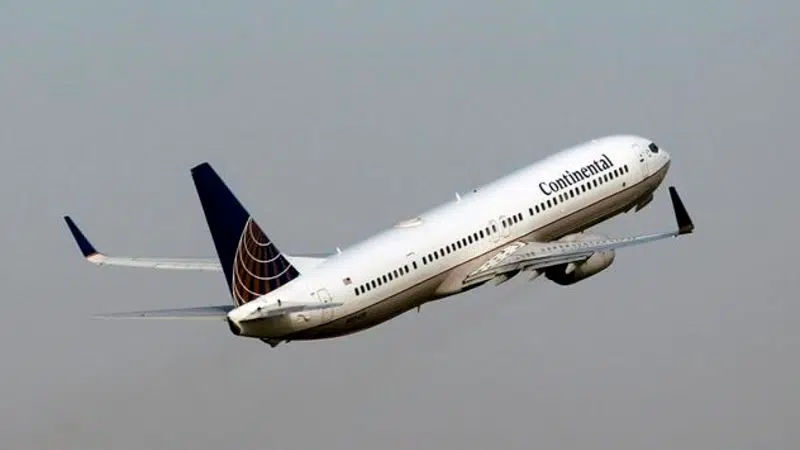
Cracks were found in a key structural part on 38 Boeing jets
Inspections of some older Boeing jets have turned up structural cracks in more than three dozen of them, raising a new safety issue for the company already dealing with two deadly crashes involving a newer version of the same plane.
Boeing said Thursday that airlines worldwide have inspected 810 planes following an order from U.S. safety regulators. Of those, 38 — or 5% — had “findings” requiring repairs.
Airlines are under orders to inspect certain Boeing 737 NG planes for cracking in a part that helps keep wings attached to the fuselage.
Boeing declined to identify which airlines found problems, but Brazilian carrier Gol said it has grounded 11 planes so far, and U.S.-based Southwest Airlines grounded two.
